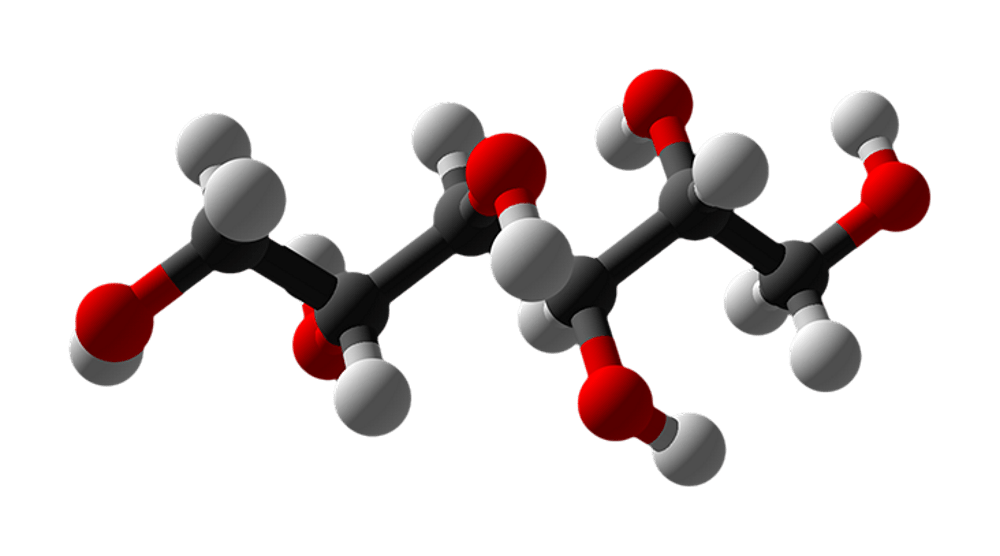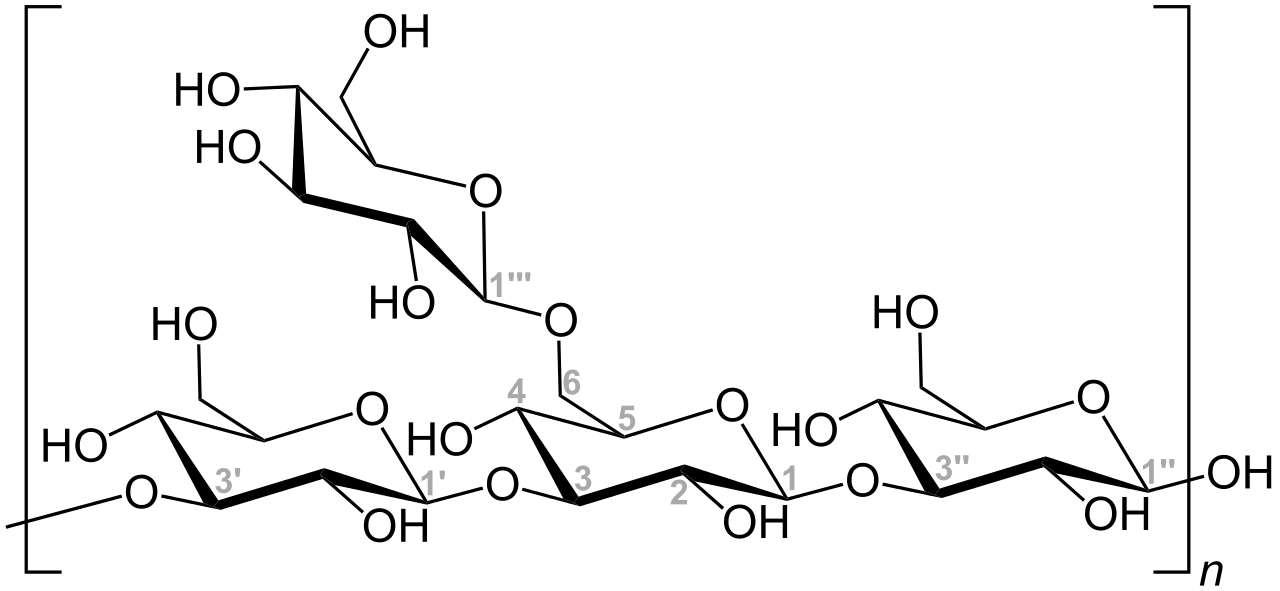What is the Difference Between Mannitol and Laminarin
The key difference between mannitol and laminarin is that mannitol is a sugar alcohol present in brown algae, while laminarin is a linear polysaccharide of mannitol containing β-1,3-linked glucose present in brown algae.
Brown algae belong to class Phaeophyceae. They are a large group of multicellular algae. Brown algae include many seaweeds that are located in colder waters within in Northern Hemisphere. Most brown algae live in the marine environment and play a pivotal role as a food and as potential habitat. Brown algae such as fucus are found in intertidal zones of rocky seashores. They store food in the form of mannitol, laminarin and oil. Mannitol and laminarin are two reserve carbohydrates found in brown algae.
CONTENTS
1. Overview and Key Difference
2. What is Mannitol
3. What is Laminarin
4. Similarities – Mannitol and Laminarin
5. Mannitol vs Laminarin in Tabular Form
6. Summary – Mannitol vs Laminarin
What is Mannitol?
Mannitol is a sugar alcohol form of mannose present in brown algae. The discovery of mannitol was made by Joseph Louis Proust in 1806. It can be derived from sugar mannose by the process of reduction. Mannitol can be directly extracted from natural products rather than chemical or biosynthesis. In China, Seaweeds are the prime source for mannitol extraction. It is the most common way of mannitol production. Usually, mannitol is a type of sugar alcohol used as a sweetener and as a medication. The intestine absorbs mannitol poorly. Therefore, it can be used as a sweetener. As a medication, it can decrease pressure in the eyes, as in glaucoma. Mannitol can also lower increased intracranial pressure. In the medical environment, mannitol can be injected into the body. The effects begin typically within 15 minutes and last up to 8 hours. However, mannitol has common side effects when used as a medication. These side effects include electrolyte problems and dehydration. Other serious side effects are worsening heart failure and problems in the kidney.

Moreover, it is on the list of essential medicines of the World Health Organization. In addition, mannitol is also on the list of banned drugs of the World Anti-Doping Agency. This is due to concerns that mannitol may mask other drugs.
What is Laminarin?
Laminarin is a linear polysaccharide of mannitol containing β-1,3-linked glucose present in brown algae. Laminarin is a storage glucan commonly found in brown algae. It is a carbohydrate food reserve, especially in diatom. It is used in the same way as chrysolaminarin. Chrysolaminarin is a food reserve in phytoplankton. Brown algae produce laminarin through the photosynthesis process.

Figure 02: Laminarin
Laminarin has β (1-3) glucan with β (1-6) branches. It is a linear polysaccharide with β (1-3):β (1-6) ratio of 3:1. Laminarin also contains 2-3% of D mannitol at some reducing termini. Furthermore, it has been measured that the annual production of algae laminarin accounts for 4 to 20 gigatons. Laminarin is used in biomedical setups to treat diseases that are associated with the blood vessels in the heart. It can also inhibit the growth of E. coli, Listeria monocytogenes, Staphylococcus aureus, and Salmonella typhimurium. In agricultural setups, it has been used over the years as a preharvest pesticide.
What are the Similarities Between Mannitol and Laminarin?
- Mannitol and laminarin are two reserve carbohydrates.
- Both can be extracted from brown algae.
- They are industrially very useful.
- Both are complex carbohydrates stored as food.
What is the Difference Between Mannitol and Laminarin?
Mannitol is a sugar alcohol form of mannose, while laminarin is a linear polysaccharide of mannitol containing β-1,3-linked glucose. So, this is the key difference between mannitol and laminarin. Furthermore, mannitol is produced through the reduction of mannose, while laminarin is produced through photosynthesis.
The below infographic lists the differences between mannitol and laminarin in tabular form for side by side comparison.
Summary – Mannitol vs Laminarin
Mannitol and laminarin are reserve foods of brown algae. Mannitol is a sugar alcohol form of mannose. Laminarin is a linear polysaccharide of mannitol containing β-1,3-linked glucose. Thus, this is the key difference between mannitol and laminarin.
Reference:
1. Shawkat, Hany, et al. “Mannitol: A Review of Its Clinical Uses.” OUP Academic, Oxford University Press, 12 Jan. 2012.
2. “Laminarin.” An Overview | ScienceDirect Topics.
Image Courtesy:
1. “Mannitol-3D-balls” By KaiserDog21 – Own work (CC BY-SA 4.0) via Commons Wikimedia
2. “Laminarin Part of Chemical Structure V1” By Jü – Own work (CC BY-SA 4.0) via Commons Wikimedia
ncG1vNJzZmivp6x7pbXFn5yrnZ6YsqOx07CcnqZemLyue9ahmK1lmah6tbTEZpuinpaav6a6wp5km52krLKmuoymmKemmam8rXnAp5tmpJGitq%2Bt0aKlaA%3D%3D